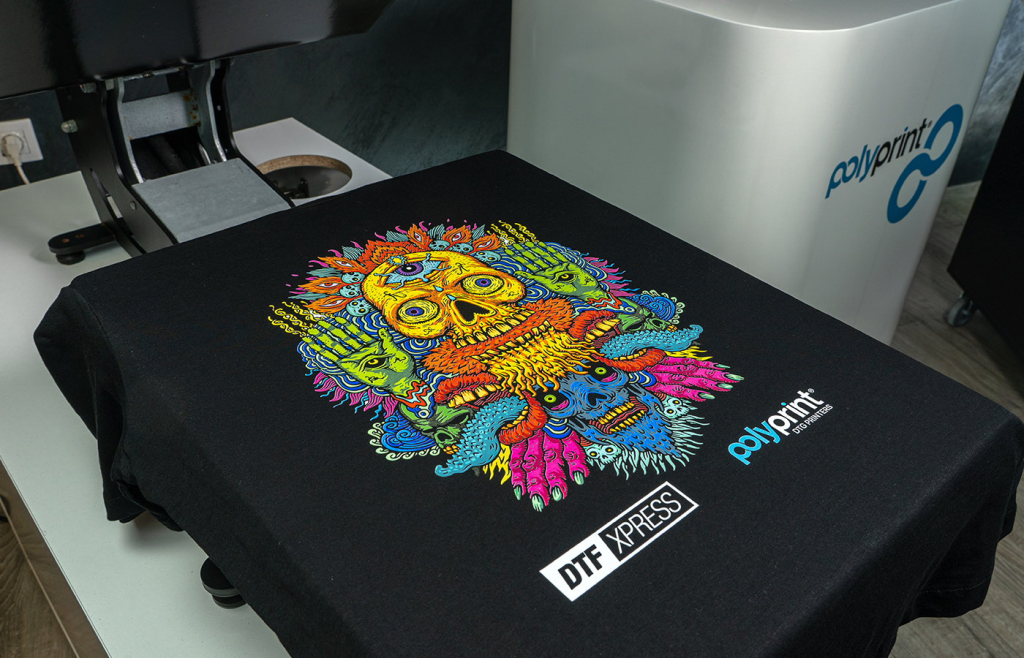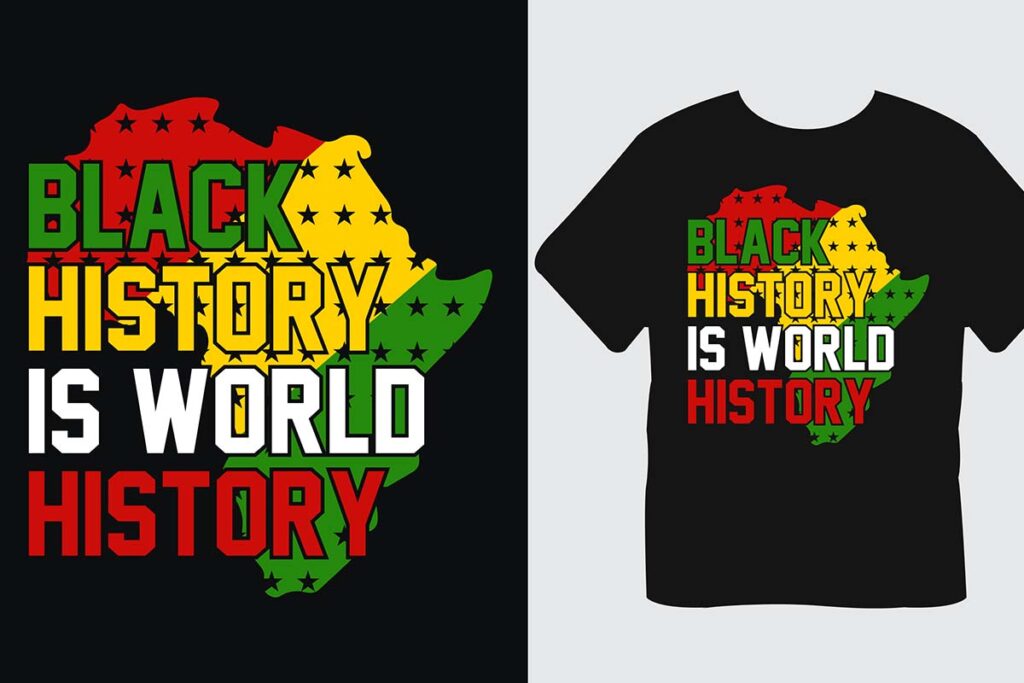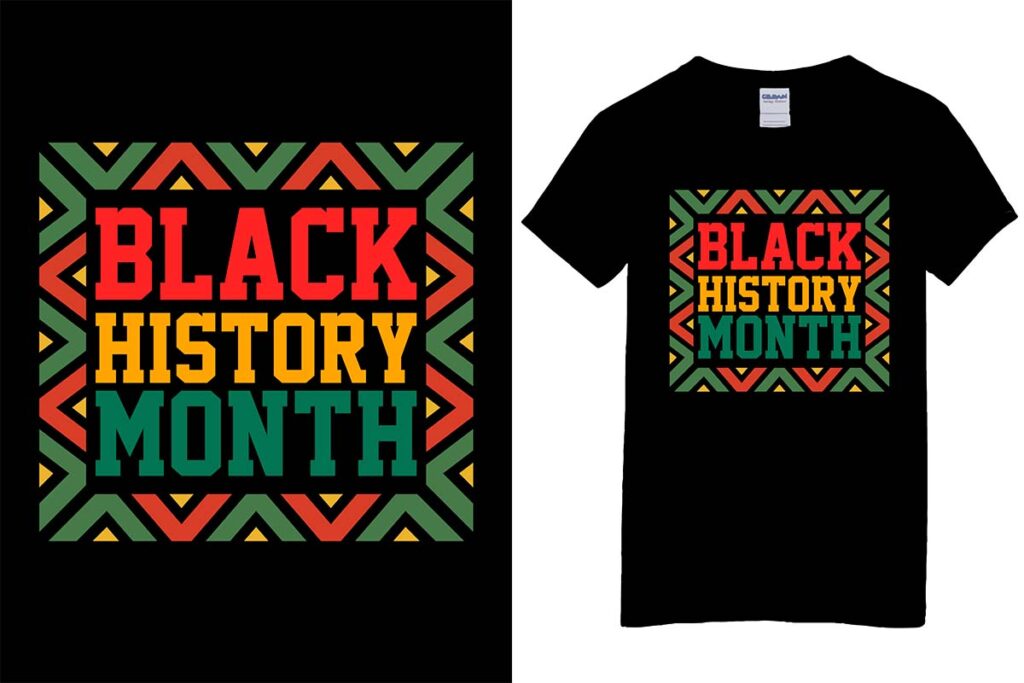In the ever-evolving landscape of the custom apparel industry, **DTF printing**, or Direct-to-Film printing, stands out as a groundbreaking innovation. This versatile printing method allows for high-quality designs to be transferred onto a variety of fabrics, including cotton and polyester, making it a popular choice for businesses seeking to meet consumer demands for unique clothing. With DTF technology, brands can create vibrant and detailed prints while also embracing sustainability through efficient printing practices like using gang sheets. Understanding DTF printing is becoming increasingly crucial as more companies leverage its benefits to enhance their offerings and streamline production processes. This article dives into the intricacies of DTF printing, exploring its advantages and potential impact on the future of custom apparel.
Direct-to-Film printing, commonly referred to as DTF technology, represents a modern approach to fabric customization that is reshaping how designs are applied to clothing. This innovative technique enables the creation of stunning visuals on diverse textiles, empowering brands to cater to a wide array of consumer preferences. By utilizing gang sheets, businesses can optimize material use and improve their environmental footprint, aligning with the growing demand for sustainable printing solutions. In exploring the opportunities presented by this method, one can appreciate its role in fostering creativity and efficiency within the custom apparel sector. As we delve deeper, we’ll uncover the nuances of DTF printing and its significant contributions to the industry.
Understanding the DTF Printing Process
DTF printing, or Direct-to-Film printing, encapsulates a meticulous process that combines artistry with technological precision. The method begins with the creation of a digital design, which is then transferred to a unique film. This film becomes the vessel for intricate designs, allowing vibrant colors and sharp details to be printed onto a diverse range of fabrics. This step sets DTF printing apart from traditional methods such as screen printing, which often struggle with detail on complex images and color gradients.
The beauty of DTF printing lies not just in the initial design phase but also in the detailed application of powdered adhesive, curing, and the final transfer to the fabric. Each step of the process is carefully orchestrated to ensure that the prints are not only visually appealing but also long-lasting. The fusion of heat and pressure during the transfer enables a strong bond between the design and fabric, resulting in high-quality prints that are durable and fade-resistant.
Exploring the Advantages of DTF Technology
One of the most noteworthy advantages of DTF technology is its incredible versatility. It seamlessly adapts to various fabric types, whether it’s soft cotton tees, stretchy polyester, or even blends, broadening the spectrum of custom apparel options available to businesses. This characteristic is particularly significant in a dynamic market where consumers demand unique and personalized garments crafted from different materials.
In addition to versatility, DTF printing stands out for its quality output. The technology ensures vibrant colors that remain true over time, allowing businesses to deliver products that meet high aesthetic expectations. Moreover, the reduction of color fading enhances the longevity of these prints, making them a worthwhile investment for both manufacturers and consumers looking for apparel that maintains its appeal.
The Role of Gang Sheets in Sustainable Printing
Gang sheets are a revolutionary concept in DTF printing that promotes sustainability and efficiency in the custom apparel industry. By enabling multiple designs to be printed on a single sheet, this method significantly reduces waste and maximizes material use. As companies strive to lessen their environmental footprint, gang sheets present a practical solution that aligns with the principles of sustainable printing.
Using gang sheets allows businesses to optimize their printer’s capabilities, which not only lowers ink consumption but also minimizes fabric offcuts and other waste. This approach exemplifies how innovation in printing technology is helping to create a more eco-friendly future for the custom apparel market, making DTF printing a responsible choice for environmentally conscious enterprises.
Recent Innovations in DTF Printing Technology
The landscape of DTF printing is rapidly evolving, with companies like EazyDTF investing in large-format technology to meet increasing consumer demands. The introduction of advanced printers enhances production capabilities, allowing for nationwide same-day shipping. This innovation not only boosts efficiency but underscores the growing significance of quick turnaround times in the custom apparel market.
Similarly, AM.CO.ZA’s launch of a compact A3 DTF printer demonstrates a commitment to supporting emerging businesses and freelancers in the print-on-demand sector. By making DTF technology more accessible, it fosters creativity and entrepreneurship, even among those with limited resources, ultimately enriching the overall market landscape.
Personalization Trends in Custom Apparel
The trend toward personalization in the custom apparel market illustrates the shifting preferences of modern consumers who seek clothing that reflects their unique identities. DTF printing plays a crucial role in this development by enabling businesses to offer tailored designs with swift production times, bridging the gap between creativity and efficiency. This trend aligns with a consumer base increasingly eager for exclusive fashion options.
Moreover, DTF printing allows brands to experiment with small runs of custom designs, empowering them to test ideas without excessive waste. This adaptability within DTF technology not only meets consumer demand for diversity but also supports brands in maintaining a competitive edge in an evolving retail environment, where individuality is becoming paramount.
The Future of Custom Apparel with DTF Printing
The future landscape of the custom apparel market looks promising with the continued advancement of DTF printing technologies. As new innovations emerge, businesses will be able to create more intricate designs and offer personalized experiences to their customers easily. This technological leap forward is set to transform how apparel is designed, produced, and marketed.
As the industry embraces DTF printing, it is poised to redefine customer engagement and satisfaction. With the ability to deliver high-quality, sustainable, and richly detailed garments, businesses that leverage DTF technology will likely thrive in a marketplace that increasingly values quality and individuality. Such adaptability ensures that DTF printing not only shapes the future of custom apparel but also encourages boutique operations to flourish alongside larger entities.
Frequently Asked Questions
What is DTF printing and how does it work?
DTF printing, or Direct-to-Film printing, is a modern technique for creating designs on garments. It works by printing a design onto a special film, applying powdered adhesive, curing it, and then transferring it to the fabric using heat and pressure. This method allows for vibrant, detailed prints on a variety of fabrics, making it an excellent choice for custom apparel.
What are the benefits of using DTF technology for custom apparel?
DTF technology offers numerous benefits for custom apparel, including enhanced versatility in printing on multiple fabric types, high-quality prints with vibrant colors and intricate details, and eco-friendly practices through the use of gang sheets, which minimize waste. These advantages make DTF printing a popular choice among businesses in the custom apparel industry.
How does DTF printing compare to traditional printing methods?
Compared to traditional printing methods like screen printing, DTF printing provides greater detail and vividness in designs. It can print on a wider variety of fabrics and offers a shorter turnaround time for smaller batches, making it ideal for businesses needing custom apparel solutions tailored to diverse customer demands.
Can DTF printing be considered a sustainable printing option?
Yes, DTF printing can be deemed a sustainable printing option. The use of gang sheets allows for the efficiency of printing multiple designs on a single sheet, which reduces ink usage and fabric waste. This sustainable approach is increasingly important in the custom apparel industry as businesses focus on eco-friendly practices.
What role do gang sheets play in the DTF printing process?
Gang sheets are crucial in the DTF printing process as they enable the printing of multiple designs simultaneously on one sheet of film. This maximizes production efficiency, reduces waste, and optimizes the use of materials, aligning with the sustainable practices that many custom apparel businesses strive for.
How is DTF printing shaping the future of custom apparel?
DTF printing is shaping the future of custom apparel by enabling rapid production of high-quality, personalized designs. As consumers increasingly seek unique apparel options, DTF technology supports quick turnaround times and the ability to produce small runs of designs, making it a vital innovation in a competitive market.
| Key Point | Description |
|---|---|
| What is DTF Printing? | A modern printing technique where designs are printed on a film and transferred to fabric, allowing for vibrant details on a variety of materials. |
| Advantages of DTF Printing | Includes enhanced versatility, high-quality prints, and eco-friendliness through efficient material usage. |
| Recent Developments | EazyDTF’s expansion, AM.CO.ZA’s compact printer launch, and new trade services boost DTF adoption in the market. |
| DTF Printing’s Role in Custom Apparel | Supports the trend towards personalization with fast production and high-quality custom designs. |
| Future Landscape of DTF Printing | The ongoing innovations and market demands suggest a bright future for DTF technology in custom apparel. |
Summary
DTF printing is reshaping the custom apparel industry, offering remarkable benefits such as versatility, quality, and sustainability. As businesses evolve amidst changing consumer preferences for unique clothing, DTF printing stands out as a pivotal technology. Its ability to provide vibrant prints on diverse materials while minimizing waste through efficient production processes ensures it is well-positioned for future growth. With continuous advancements and a rising demand for personalized apparel, the realm of DTF printing is not just an innovation; it’s the cornerstone of a thriving marketplace tailored for individual expression.



